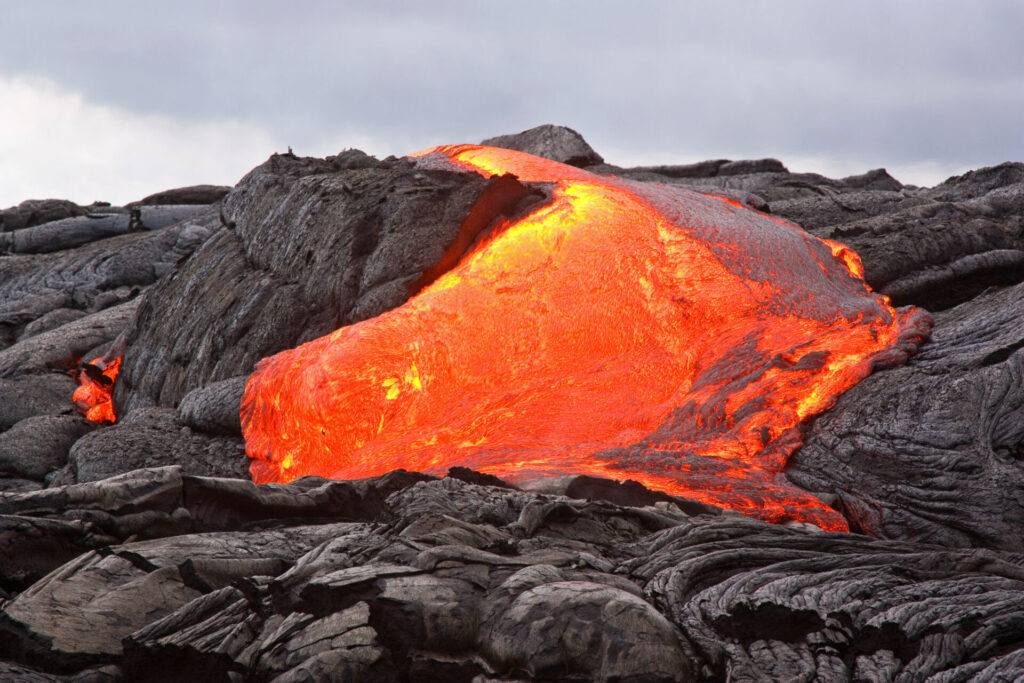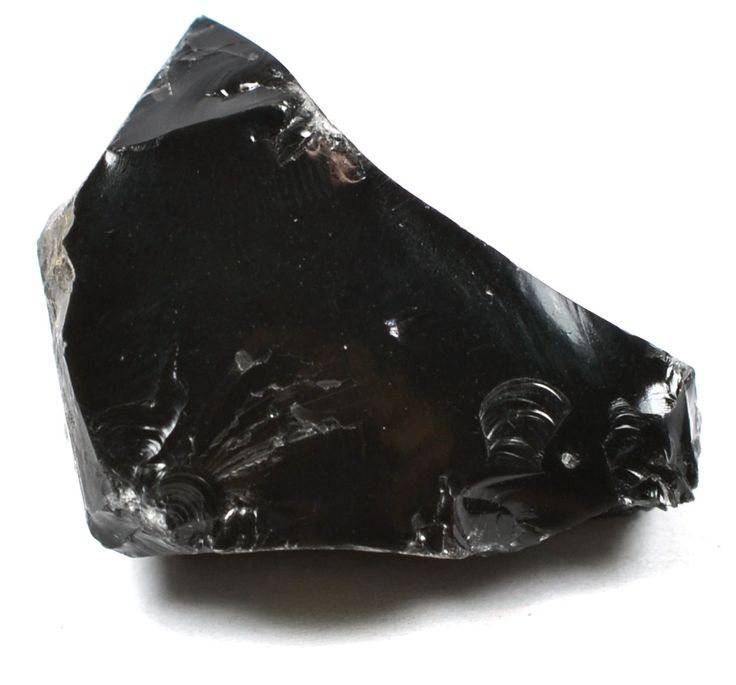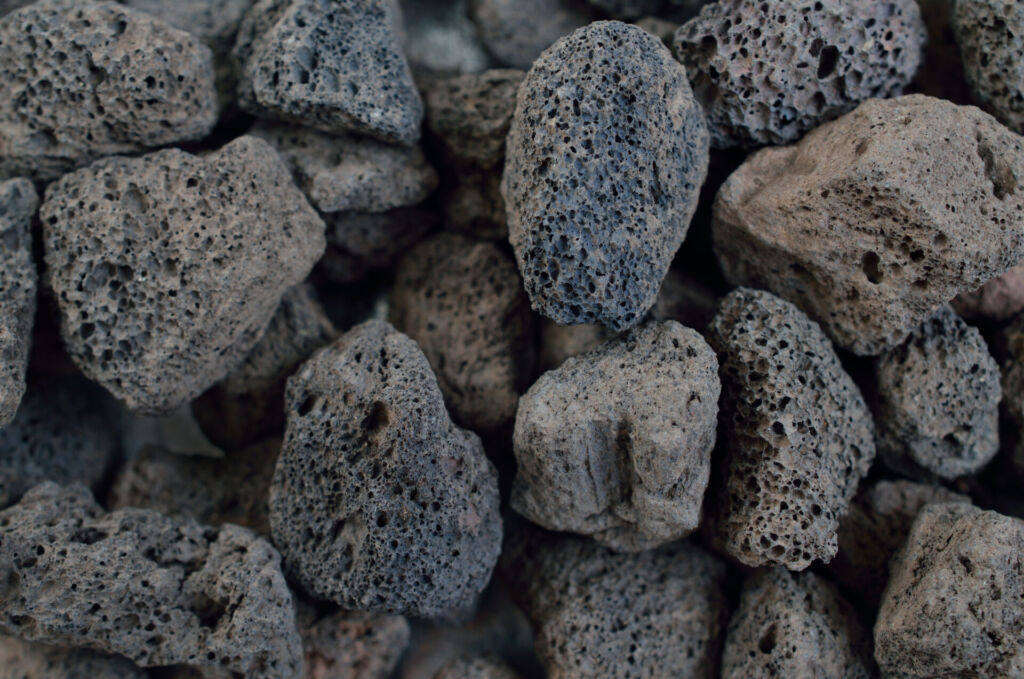Introduction to Igneous Rocks
Facts about igneous rocks reveal a fascinating story of fire and transformation. Deep within the Earth, under unimaginable heat and pressure, molten rock known as magma churns and boils. When this fiery material rises, it embarks on a journey that shapes our planet. Explosive volcanic eruptions or slow seepage into the Earth’s crust mark the beginning of this transformation.

As the molten rock cools and solidifies, it gives rise to igneous rocks, the very foundation upon which our world is built. These igneous rocks hold a wealth of information, offering further facts about igneous rocks and the dynamic processes that have sculpted our planet.
Facts about igneous rocks extend to their incredible diversity. Some forms of igneous rocks, born from rapidly cooled lava, possess a smooth and glassy texture. Others, slowly crystallizing deep within the Earth, boast stunning arrays of interlocking mineral crystals. The world we know is built upon these formations.
From the everyday basalt lining our roads to the majestic granite gracing our homes, facts about igneous rocks highlight their role in shaping our landscapes and providing essential resources. The very existence of igneous rocks offers a tangible link to the Earth’s fiery beginnings, revealing the dynamic processes that continue to mold our planet.
What are Igneous Rocks?
Igneous rocks are formed from the cooling and solidification of molten rock material, either magma (beneath the Earth’s surface) or lava (at the surface). The word “igneous” comes from the Latin word ignis, meaning “fire,” which aptly reflects these rocks’ fiery origin.
As all other rocks are formed from igneous rocks, these are known as ‘parent rocks’ or ‘primary rocks.’
Characteristics of Igneous Rocks:
Facts about igneous rocks highlight the following characteristics of these rocks –
- Many igneous rocks are hard, massive, dense, and resistant to weathering, making them valuable materials for construction and other practical applications.
- Most igneous rocks display a crystalline structure, meaning they consist of interlocking mineral crystals. However, some, like obsidian, cool too quickly for crystals to form, resulting in a smooth, glassy texture.
- These are non-stratified rocks, i.e., they don’t have layers.
- Igneous rocks display varying grain size and shape. The arrangement and size of mineral crystals in igneous rocks tell a story of where they formed.
- Igneous rocks are free of fossils. They form from molten material, conditions that would destroy any pre-existing fossils.
- Igneous rocks exhibit various colors and mineral compositions based on the parent magma. For example, felsic rocks are rich in silica and lighter in color (granite, rhyolite). Whereas mafic rocks are higher in iron and magnesium and darker in colors (basalt, gabbro)
- Some igneous rocks, particularly extrusive ones, display gas bubble cavities called vesicles. These form when gases escape rapidly, cooling lava. Pumice is a classic example.
- These are generally non-porous rocks, and as such, they are impervious to water percolation.
- With magma or lava as the source material, igneous rocks are highly rich in valuable minerals.
Classification of Igneous Rocks:
Igneous rocks are classified based on two primary factors:
1. Based on Location of Formation:
1.1 Extrusive (Volcanic) Rocks:
Formed when lava erupts and cools rapidly on the Earth’s surface. These are also known as ‘volcanic rocks’ because the lava reaches the surface after a volcanic eruption.
These igneous rocks typically have fine-grained or glassy textures due to the fast cooling of lava. These quick cooling and solidification processes modify the mineral structure of such rocks. Examples of extrusive rocks include basalt, rhyolite, and obsidian.

1.2 Intrusive (Plutonic) Rocks:
Formed when magma slowly cools and solidifies beneath the Earth’s surface. These igneous rocks exhibit coarser-grained textures due to the more gradual cooling process. Common examples include granite, gabbro, and diorite.
They are further classified based on the depth at which they form:
1.2.1 Plutonic Rocks
- Form deep within the Earth’s crust, typically within large formations called batholiths.
- Extremely slow cooling allows for the development of large, visible crystals, giving these rocks a coarse-grained texture.
- Examples: granite, diorite, gabbro, peridotite.
1.2.2 Hypabyssal Rocks
- Form at shallower depths within the Earth’s crust compared to plutonic rocks.
- Have an intermediate cooling rate, resulting in a medium-grained texture with smaller crystals than those found in plutonic rocks.
- Often occur in intrusive structures like dikes (sheet-like intrusions cutting across rock layers) and sills (sheet-like intrusions parallel to rock layers).
- Examples: microgranite, diabase, porphyry.
2. Based on Chemical Composition:
2.1 Felsic Rocks:
Rich in silica and lighter elements like aluminum, potassium, and sodium. They are typically light-colored. Examples: granite and rhyolite.
2.2 Intermediate Rocks:
Possess a composition between felsic and mafic. Examples: andesite and diorite.
2.3 Mafic Rocks:
Contain higher concentrations of iron, magnesium, and calcium. They tend to be darker and denser than felsic rocks. Examples: basalt and gabbro.
2.4 Ultramafic Rocks:
Extremely high in iron and magnesium and are the densest igneous rocks. Example: peridotite.
3. Based on Textures:
Texture means Apart from location and composition, the texture of an igneous rock reveals further clues about its formation:
3.1 Aphanitic (Fine-Grained):
Rapid cooling prevents the formation of large crystals, resulting in a fine-grained texture, with crystals that are difficult or impossible to see with the naked eye. Extrusive rocks often exhibit this texture.
3.2 Phaneritic (Coarse-Grained):
Slow cooling allows abundant time for the growth of large, interlocking crystals that are easily visible. This characteristic is common in intrusive rocks.
3.3 Porphyritic:
Sometimes, a magma body will undergo two distinct cooling phases. Initially, slow cooling permits the growth of large crystals, followed by more rapid cooling, creating a rock with large crystals embedded in a fine-grained matrix.
3.4 Glassy:
Exceptionally fast cooling can sometimes inhibit crystal formation, resulting in a natural glass-like obsidian.

3.5 Vesicular:
Gas bubbles trapped within rapidly cooling lava can create a rock riddled with cavities. Pumice is a classic example of a vesicular texture.
3.6 Equigranular:
This name is given to the igneous rocks with the same size crystals. Granite and Gabbro are common examples of this type.
Interesting Facts About Igneous Rocks:
- They form the bulk of Earth’s crust! The oceanic crust and significant portions of the continents are composed primarily of igneous rocks.
- They are the parent rocks of all other rocks! These rocks were formed at the very beginning of the Earth’s shaping—afterward, all other rocks formed from igneous rocks by different processes.
- They are the primary rocks! These rocks were first formed on Earth, and all others formed later.
- Some igneous rocks float! Pumice, formed from frothy lava, is so riddled with air bubbles that it can be less dense than water.
- Studying facts about igneous rocks allows scientists to date geological events, understand volcanic activity, and even piece together the movement of ancient continents.
- Obsidian is Nature’s glass. When lava cools incredibly rapidly, it can form obsidian, a natural volcanic glass once prized for its razor-sharp cutting edges.
- They hold precious resources. Many valuable metals like copper, gold, and silver are concentrated within igneous formations.

Significance of Igneous Rocks:
Facts about igneous rocks play crucial roles in science, industry, and even our appreciation of natural beauty:
- Igneous rocks serve as time capsules, holding clues about the Earth’s mantle composition, volcanic activity, and tectonic events throughout its history.
- By studying these rocks, scientists gain invaluable insights into the dynamic forces that shaped and continue to reshape our planet.
- Many precious metal deposits, including copper, gold, and platinum, are formed within igneous rock formations.
- Igneous rocks themselves are essential resources. Granite’s durability makes it ideal for countertops and building materials, while basalt is widely used in construction.
- The diverse colors, textures, and crystalline patterns of certain igneous rocks make them highly prized for ornamental and decorative purposes.
Conclusion:
From the fiery heart of our planet to the familiar surfaces beneath our feet, igneous rocks tell a remarkable story. Their diverse textures, compositions, and origins glimpse the Earth’s dynamic nature. Whether fueling scientific discovery, providing essential resources, or simply sparking our admiration with their natural beauty, facts about igneous rocks remind us of the incredible forces at work in the world around us. And as we keep learning new facts about igneous rocks, our appreciation for these primary building blocks of our planet continues to grow.





